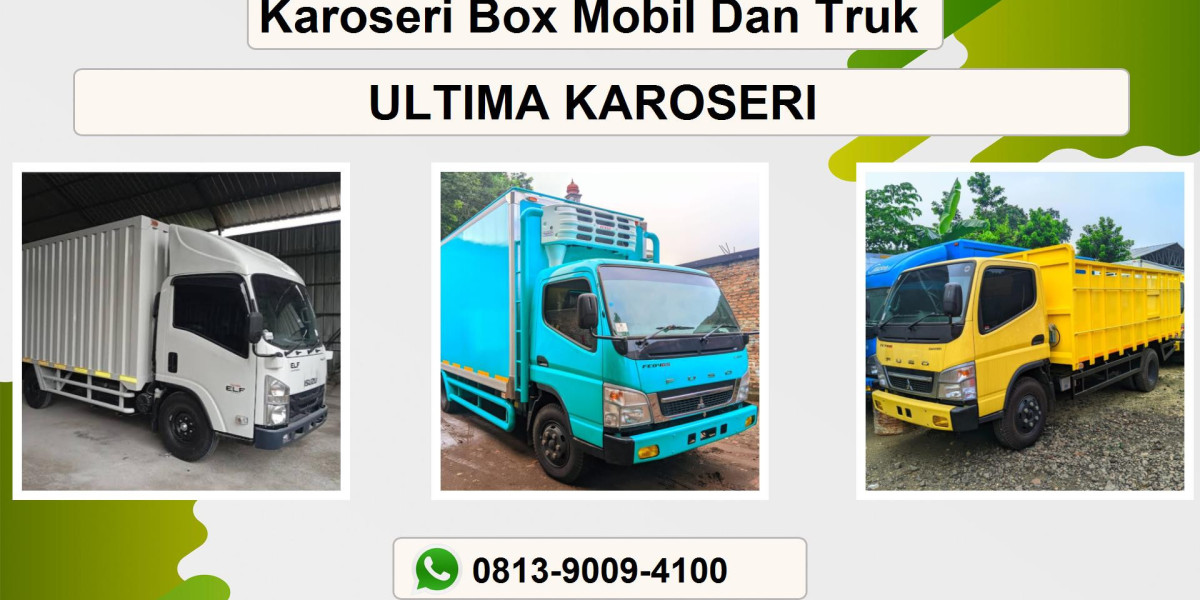As makers accelerate shifts toward resilient supply chains and smarter shop floors, many producers are asking how automation can change the way a Pet Grooming Comb Factory runs and scales while preserving product quality. Automation and robotics are moving from novelty to core capability in light manufacturing, driven by concerns about labor availability, consistency across batches, and a push to reduce waste while keeping unit cost predictable.
The industry backdrop shows manufacturers prioritizing repeatability and speed. Certain stages lend themselves to automation more readily than others. Injection molding parts retrieval can be automated with robotic arms that pick finished pieces from molds and place them on conveyors. Deburring and edge finishing can move from manual files to machine brushing stations where consistent geometry is maintained. Packing and labeling likewise benefit from automation stations that collate components, apply inserts, and seal parcels with uniform pressure. Each automated node reduces human variability and shortens cycle time between operations.
Investing in automation changes not just throughput but defect profiles. Machines excel at repetitive tasks without fatigue which lowers the occurrence of inconsistent finishes. Robot guided polishing and deburring systems can be tuned to maintain the gentle radii required on comb teeth so pet comfort is preserved. When tooling is paired with sensors that detect anomalies the line becomes capable of rejecting imperfect units before they reach packing. That upstream quality focus reduces returns and protects brand reputation for companies that supply retail and professional channels.
A realistic view of payback includes both direct and indirect returns. Directly, fewer labor hours per unit and reduced scrap feed into margins. Indirectly, more consistent products reduce complaint handling and support stronger retailer relationships. Early adopter facilities that have integrated automation report smoother order fulfillment during peak seasons because machines maintain steady output under load. Those operational advantages often become talking points in trade discussions and in B2B negotiations where reliability is a selling point.
Implementing automation requires careful staging. Begin with a pilot cell that automates a single operation such as pick and place from the molding machine. Validate part handling, robot pathing, and cycle timing. Next, introduce sensor checks and simple vision systems to spot gross defects. Gradually expand to linked cells that hand off components through automated conveyance and gating. Training for maintenance staff is essential so downtime windows are short and troubleshooting is local. Suppliers that offer modular cells and remote diagnostic capabilities help facilities scale without large engineering overhead.
Attention to human factors is important during the transition. Reallocating staff from repetitive tasks into inspection maintenance and quality oversight preserves jobs while shifting skill sets. Clear communication with production teams reduces resistance and helps capture tacit knowledge that improves automation programming. Safety protocols must be reviewed when cobots or fast industrial arms operate alongside human workers; proper guarding and interlocks should be standard.
Success stories typically pair a clear business case with thoughtful implementation. Facilities that phased automation while keeping craftsmanship checks at strategic points preserved the tactile qualities customers expect. In some cases, automation enabled smaller batches with faster changeovers because robots could handle part varieties without long setup times. That agility helps brands respond quickly to seasonal shifts and to social conversations about sustainability and product quality.
Tallfly has integrated automation selectively across its own workflows to balance throughput with touch points where human judgment matters. The company focuses on machines that remove repeatable manual strain and on finishing processes that need consistent geometry at scale. This approach supports reliable supply for retail partners and gives end users the combs they expect in terms of feel and finish.
If you would like to explore how production choices impact product availability and handling notes visit www.tallfly.net/product/ to view product options and descriptions. The site includes guidance on care and handling that aligns with manufacturing choices and helps buyers understand how design and production choices translate into daily use and longevity.







